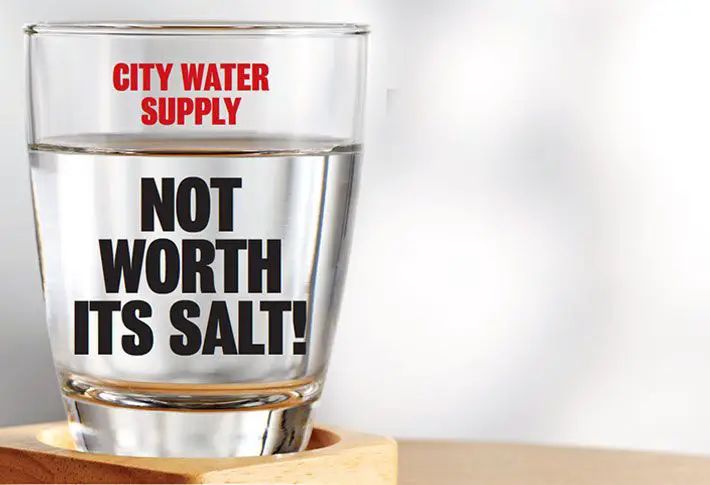Amdavadis, think twice before taking a sip of water. A recent study has revealed alarming contamination levels in several areas of the city.
Ranip, Shilaj and Vejalpur residents, who depend on AMC-supplied drinking water, are particularly affected.
The research was conducted by Ralph Rajesh, a second-year student from St. Xavier’s College. Working under Dr Devang Pandya’s guidance, he analysed water samples from various localities. Results showed excessive levels of Total Dissolved Solids (TDS), chlorine and metal contaminants in multiple areas.
According to the findings, drinking water TDS levels varied greatly across Ahmedabad. Some areas exceeded permitted standards by nearly double the limit, raising serious health concerns for residents.
Health risks beyond acceptable limits
“The results show that water in multiple areas is acidic, which poses long-term health risks,” stated Dr Pandya, the study’s supervisor. “Moreover, excessive chlorine levels can cause significant damage to human cells.”
The study applied Chemical Oxygen Demand (COD) and Biochemical Oxygen Demand (BOD) tests to assess contamination. COD testing detects heavy materials in water. These contaminants can lead to serious health issues, including cancerous cells and kidney stones.
3 areas cross dangerous 600 ppm threshold
The findings identified several high-risk areas measured in “parts per million”. Ranip topped the list at 949 ppm, followed by North Bopal (670 ppm) and Satellite (619 ppm). These areas have dangerously high TDS levels. The water also contains metal components and high concentrations of chlorine, potentially carcinogenic to residents.
In contrast, areas like Navrangpura (117 ppm) and Naroda (155 ppm) have much safer TDS levels.
Residents forced to seek alternatives
“The water is highly contaminated and very unsafe to drink,” Shailesh Chauhan, a Ranip area resident, told “There have been cases of kidney stones, stomach infections and skin-related issues. We’ve started procuring privately supplied water for health safety.”
Jagruti Thakkar from Shilaj added, “The water literally stinks. So much so that it’s impossible to drink. The salt concentration is also very high. Officials must ensure proper drinking water is provided.”
“The high salt content in water is apparent from the salts deposited on taps. All my taps get blocked within a month of cleaning them. The RO system also needs frequent change of filter,” said Sandhya Chauhan from Vejalpur.
AMC dismisses widespread concerns
Despite resident struggles, Ahmedabad Municipal Corporation (AMC) denied any major problems. Jagdish Asari, the in-charge official of city-engineering, stated, “There are no widespread water quality issues in the city. Some local areas may experience occasional concerns, but AMC maintains proper chlorine levels while removing heavy solid materials to provide safe drinking water.”
International standards paint grim picture
The World Health Organization (WHO) considers TDS levels below 300 mg/L safe for drinking. The Bureau of Indian Standards (BIS) sets a maximum limit of 500 mg/L. Water with TDS between 50-150 mg/L is considered excellent.



